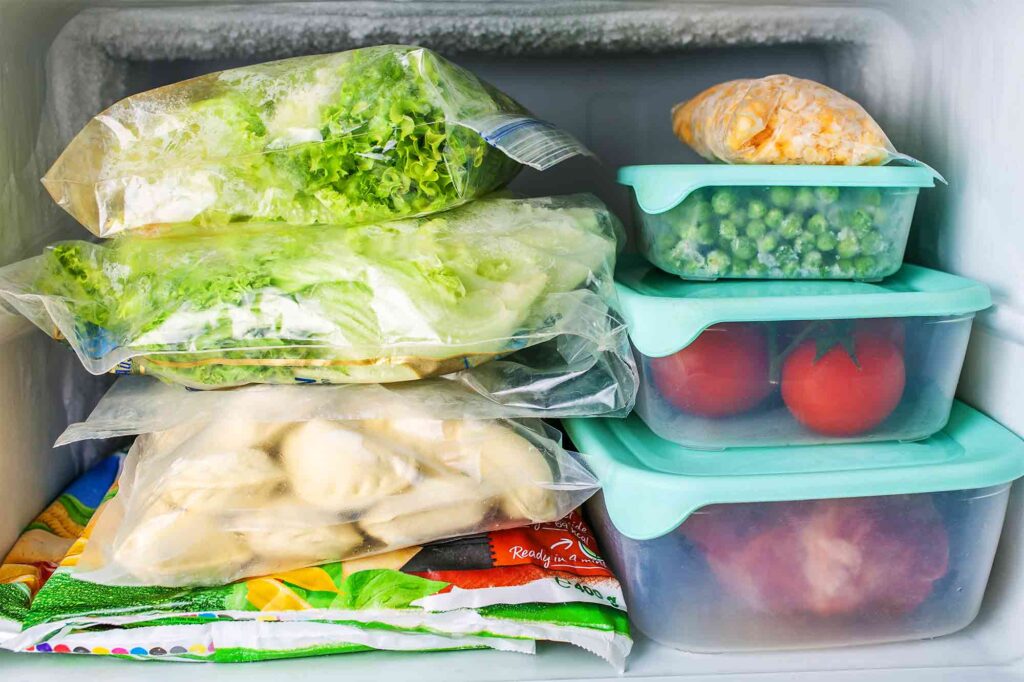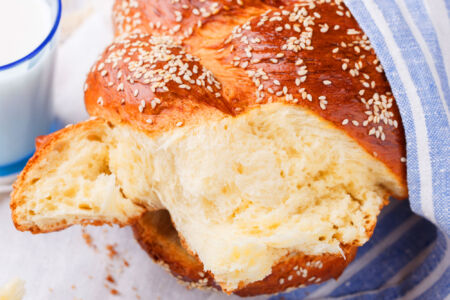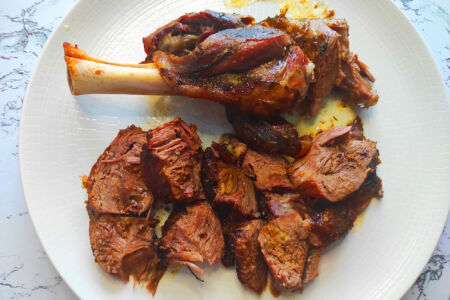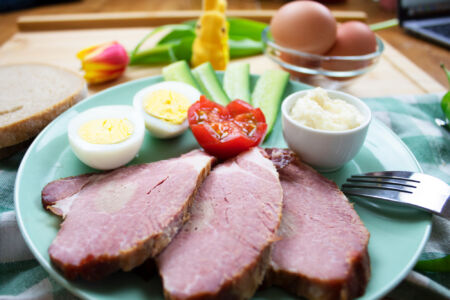- Every freezer has a rapid freeze program, use it!
- Only place items in the freezer after thorough cleaning and sorting.
- Prepare only the amount you will consume at once, as you cannot refreeze leftovers.
- Choose fresh fruits and vegetables harvested recently.
- If possible, opt for organic products or ingredients from your own garden or reliable sources.
- Seal the packages tightly before placing them in the freezer to prevent the food from developing a "freezer taste."
- Avoid freezing in glass containers.
- Label the packages and write down the date of storage and its contents. Since things cannot be frozen indefinitely, it's helpful to label bags, ice cube trays, and boxes. This way, you can see how long the food has been in the freezer and easily identify it.
Freezing fruits

Good for freezing: cherries, sour cherries, pears, apples, plums, currants, apricots, avocados Moderately good for freezing: strawberries, raspberries Less suitable for freezing: watermelon, grapes, citrus fruits (although their juice or puree can be frozen)
Freezing vegetables
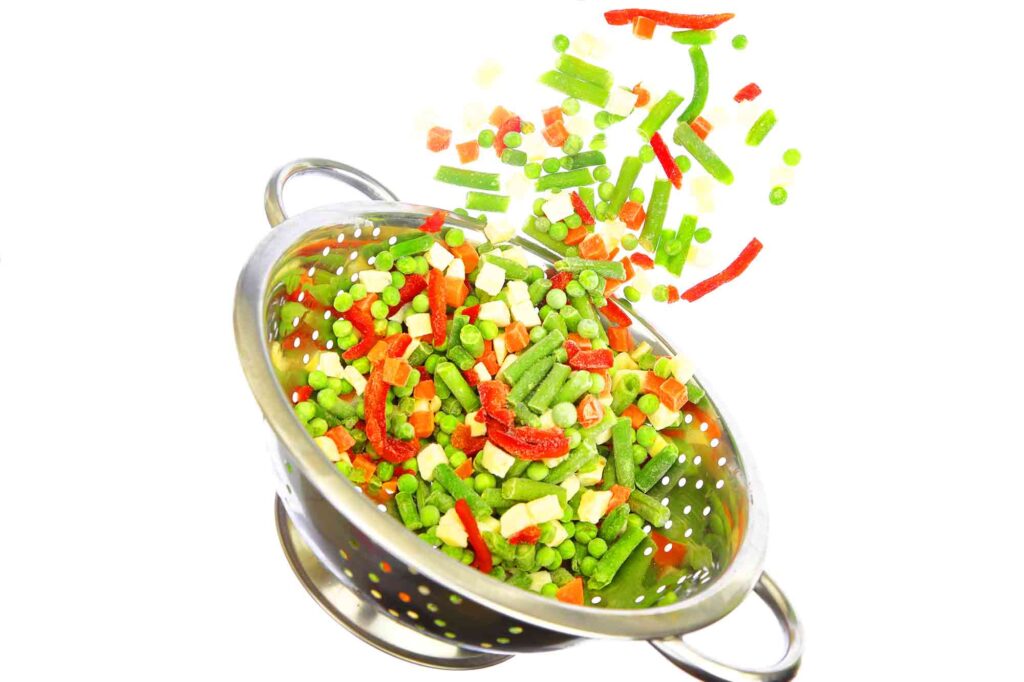
Good for freezing: sorrel, spinach, eggplant, bell peppers, Brussels sprouts, peas, beans, mushrooms, pumpkin (when grated) Less suitable for freezing: lettuce, tomatoes, onions, radishes, potatoes
Freezing meat

All types of fresh meat and meat products can be frozen, but it's advisable to debone meat with bones. Firstly, because taste changes can occur along the bone, reducing the meat's storage time, and secondly, bones can puncture the packaging.
Freezing dairy products and others
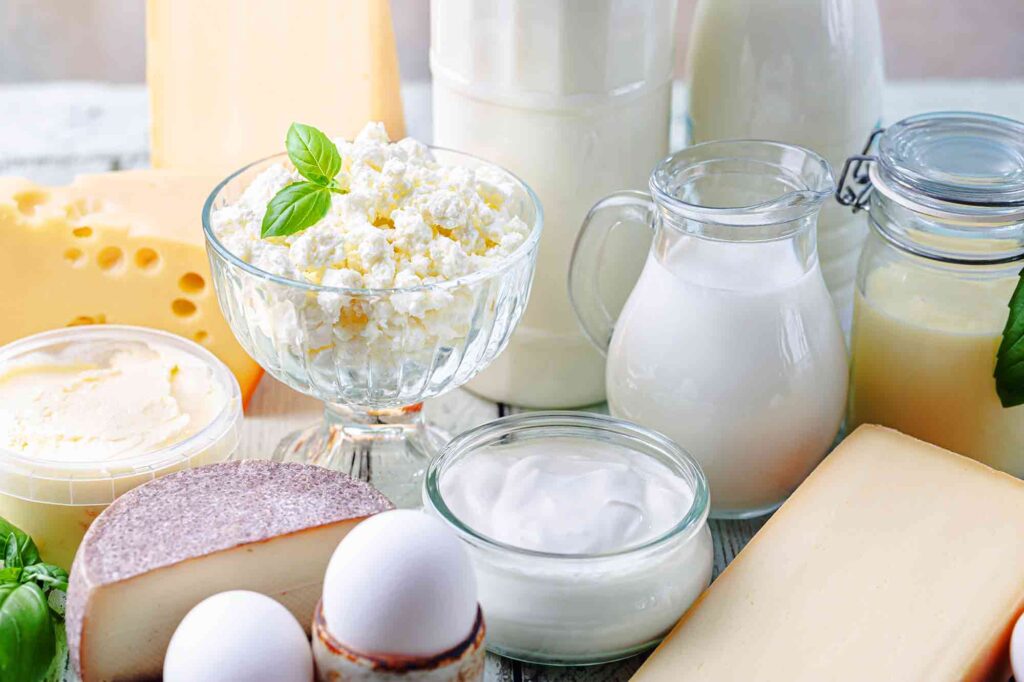
Good for freezing: butter, cheese, sheep cheese, spreads based on butter and cottage cheese, yeast Moderately good for freezing: cream, homogenized milk Not suitable for freezing: sour cream, kefir, yogurt (the fat in them separates), raw/boiled whole eggs, homemade mayonnaise
Freezing baked goods and pastries

Good for freezing: bread, rolls, buns, sponge cake, pastries, yeast/phyllo dough Not suitable for freezing: pudding
Freezing herbs
Good for freezing: parsley, celery, dill, tarragon, basil, coriander, fennel, marjoram, mint, rosemary, sage, etc. Herbs are easy to freeze as their leaves are very thin. One thing to keep in mind is to always place them in a well-sealed container; otherwise, their aroma can transfer to other items. For easy future use, it's recommended to freeze herbs by chopping them and mixing with water, oil, or vegetable stock, then freezing them in ice cube trays. Once frozen, portion them for immediate use. Always double-pack them, for example, place the sealed bag in a sealable container, to prevent them from absorbing each other's flavors/aromas – especially be cautious with basil.
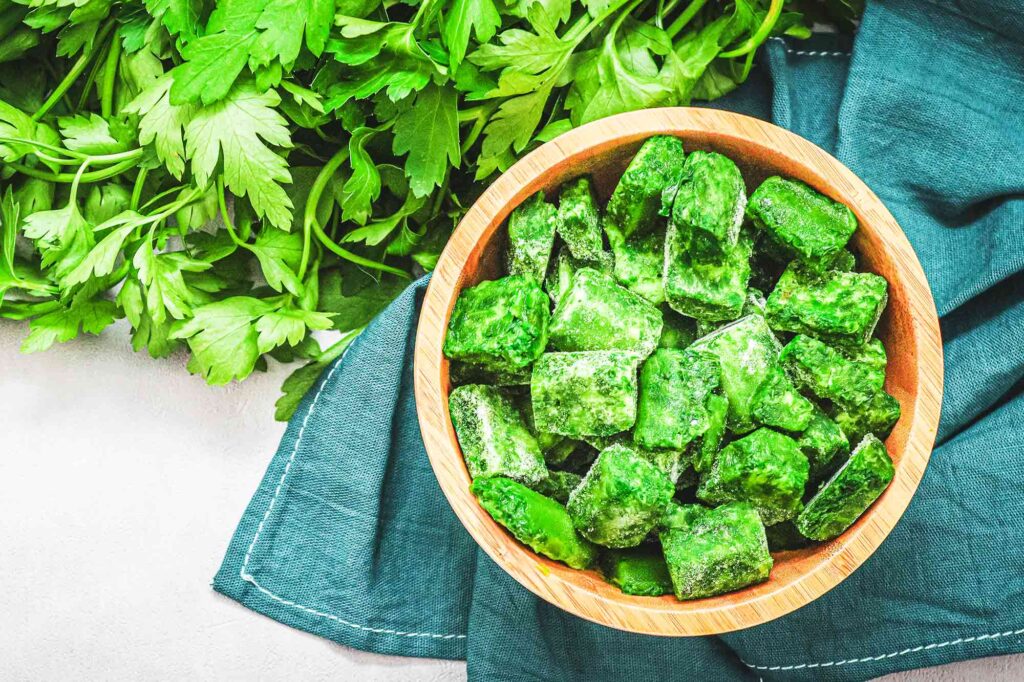
Most vegetables (such as carrots, pumpkin, Swiss chard, sorrel, etc.) and fruits can be easily preserved for winter: wash and clean them thoroughly, remove stems. Wipe them dry with a kitchen towel to prevent them from freezing. Then peel and cut them into small pieces. For berries, remove the pits. Place them in freezer-safe bags or containers and store in the freezer.
Pears and peaches tend to change texture when frozen, so it's recommended to puree them and freeze them in 2 dl plastic cups, tightly sealed.
It's advisable to freeze both vegetables and fruits in portions that correspond to one serving each to avoid waste.

